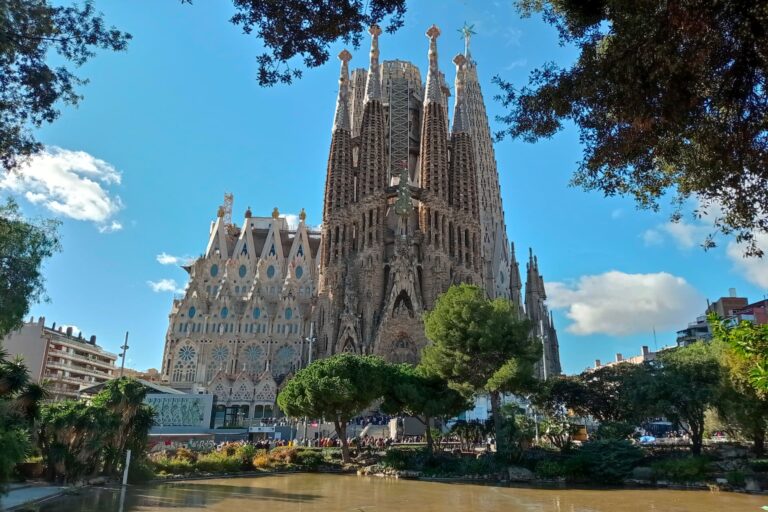Spain Beyond the Mainland: Exploring the Hidden Treasures of Spain's Overseas Territories
Spain, a country celebrated for its vibrant culture, rich history, and stunning mainland cities, offers a wealth of experiences that extend far beyond the Iberian Peninsula. This article invites you on an exploration of Spain's overseas territories, scattered across the Mediterranean Sea and the Atlantic Ocean. These territories, each with their unique landscapes and experiences, contribute significantly to Spain's cultural and historical tapestry.
The Canary Islands
The Canary Islands, located off Africa's northwestern coast, are a cluster of seven main islands that attract millions of tourists annually with their subtropical climate. These islands are rich in cultural and historical heritage, shaped by influences from the indigenous Guanche people, Spanish colonization, and African and Latin American cultures.
Tenerife
Tenerife, the largest and most populous of the Canary Islands, is renowned for its beautiful beaches, lush forests, and the imposing Teide volcano, Spain's highest peak. Visitors can also explore the UNESCO World Heritage site of La Laguna, a well-preserved colonial city.
Gran Canaria
Known for its diverse landscapes, Gran Canaria offers tourists a mix of sandy beaches, rugged cliffs, and verdant forests. The island's capital, Las Palmas de Gran Canaria, boasts a rich history and impressive architecture, such as the Cathedral of Santa Ana.
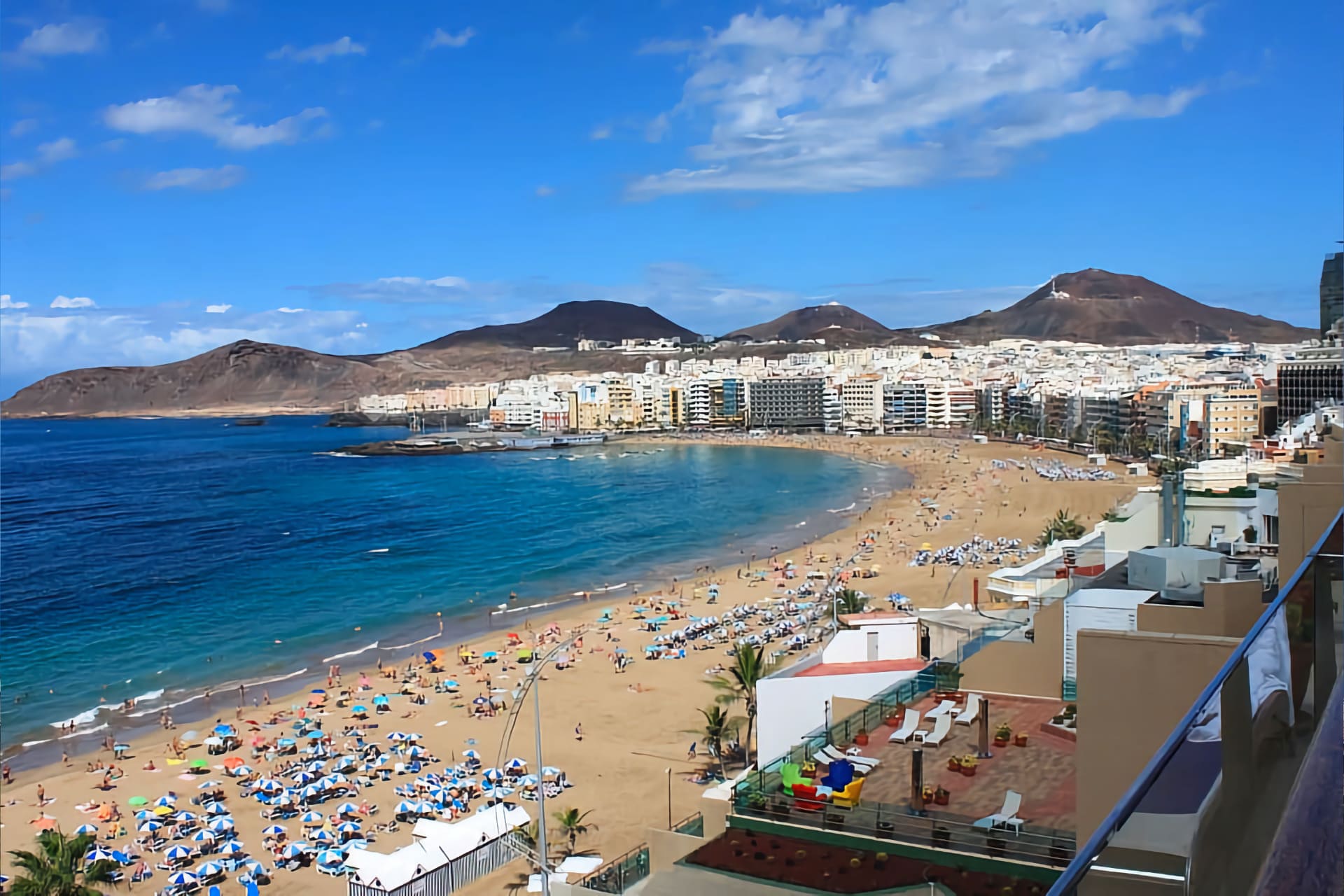
Lanzarote
The unique volcanic landscape of Lanzarote, with its black sand beaches and otherworldly terrain, offers a distinct experience for visitors. The island is also home to the works of local artist and architect César Manrique, who played a significant role in preserving the island's natural beauty.
The Canary Islands are also home to a wealth of endemic flora and fauna, such as the dragon tree and the critically endangered Canarian Egyptian Vulture.
The Balearic Islands
The Balearic Islands, nestled in the western Mediterranean Sea, consist of four main islands: Mallorca, Ibiza, Menorca, and Formentera. Each island offers its unique charm and attractions, making them popular tourist destinations.
Mallorca
The largest of the Balearic Islands, Mallorca is famous for its stunning coastline, vibrant capital city of Palma, and the dramatic Serra de Tramuntana mountain range. Visitors can also explore the island's rich history, including the impressive Bellver Castle and the Royal Palace of La Almudaina.
Ibiza
Known worldwide for its lively nightlife, Ibiza is also home to beautiful beaches, stunning landscapes, and the UNESCO World Heritage site of Dalt Vila, a well-preserved historical center.
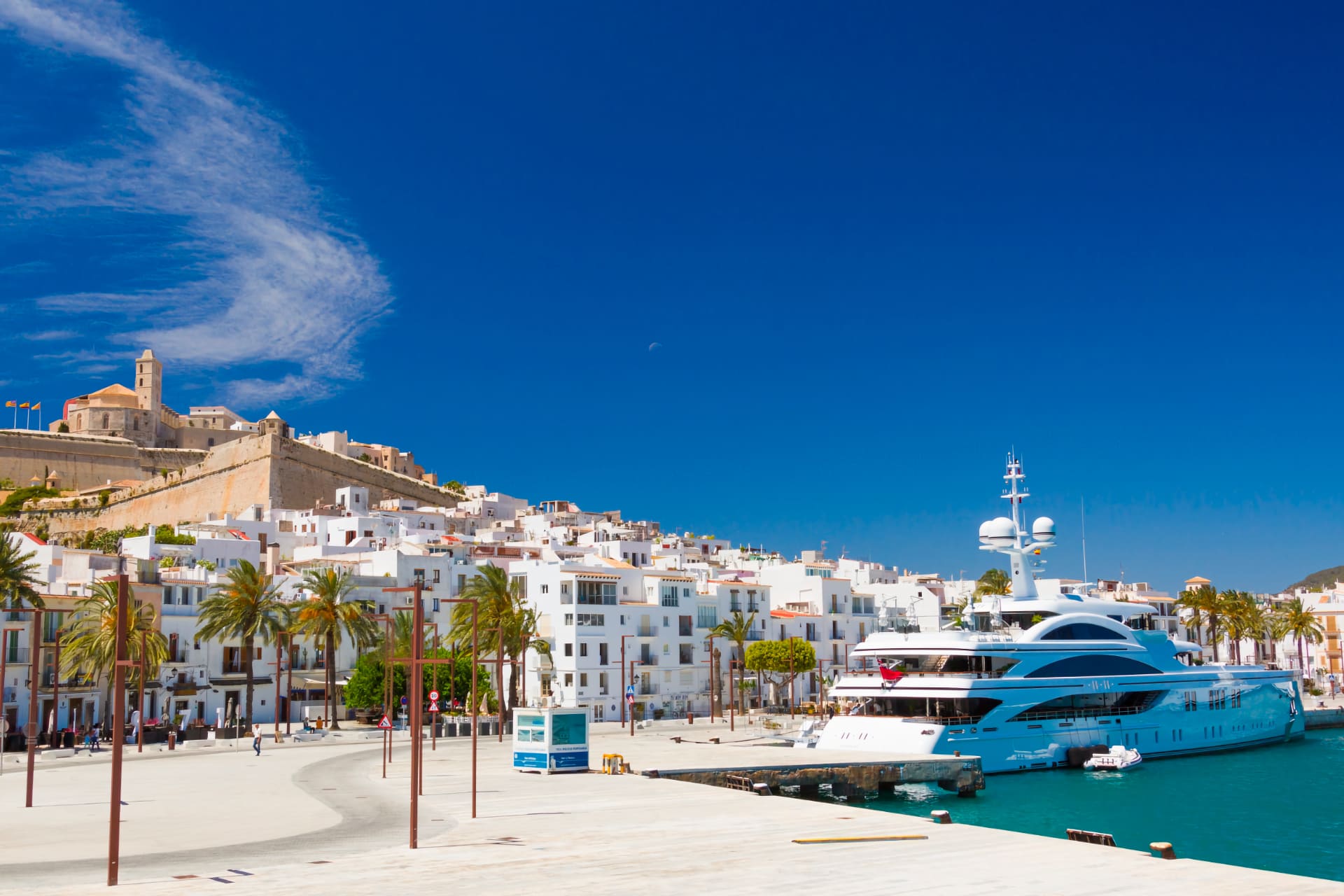
Menorca
The tranquil island of Menorca offers pristine beaches, picturesque coves, and a rich archaeological heritage, including the prehistoric site of Naveta d'Es Tudons.
Local cuisine in the Balearic Islands features delicious Mediterranean flavors, such as the traditional dish of "tumbet" and the sweet treat "ensaimada."
Ceuta and Melilla
Located on the northern coast of Africa, Ceuta and Melilla are two Spanish autonomous cities that share a border with Morocco. Their unique geopolitical position has resulted in a rich cultural and historical background, blending Spanish, Berber, and Arab influences.
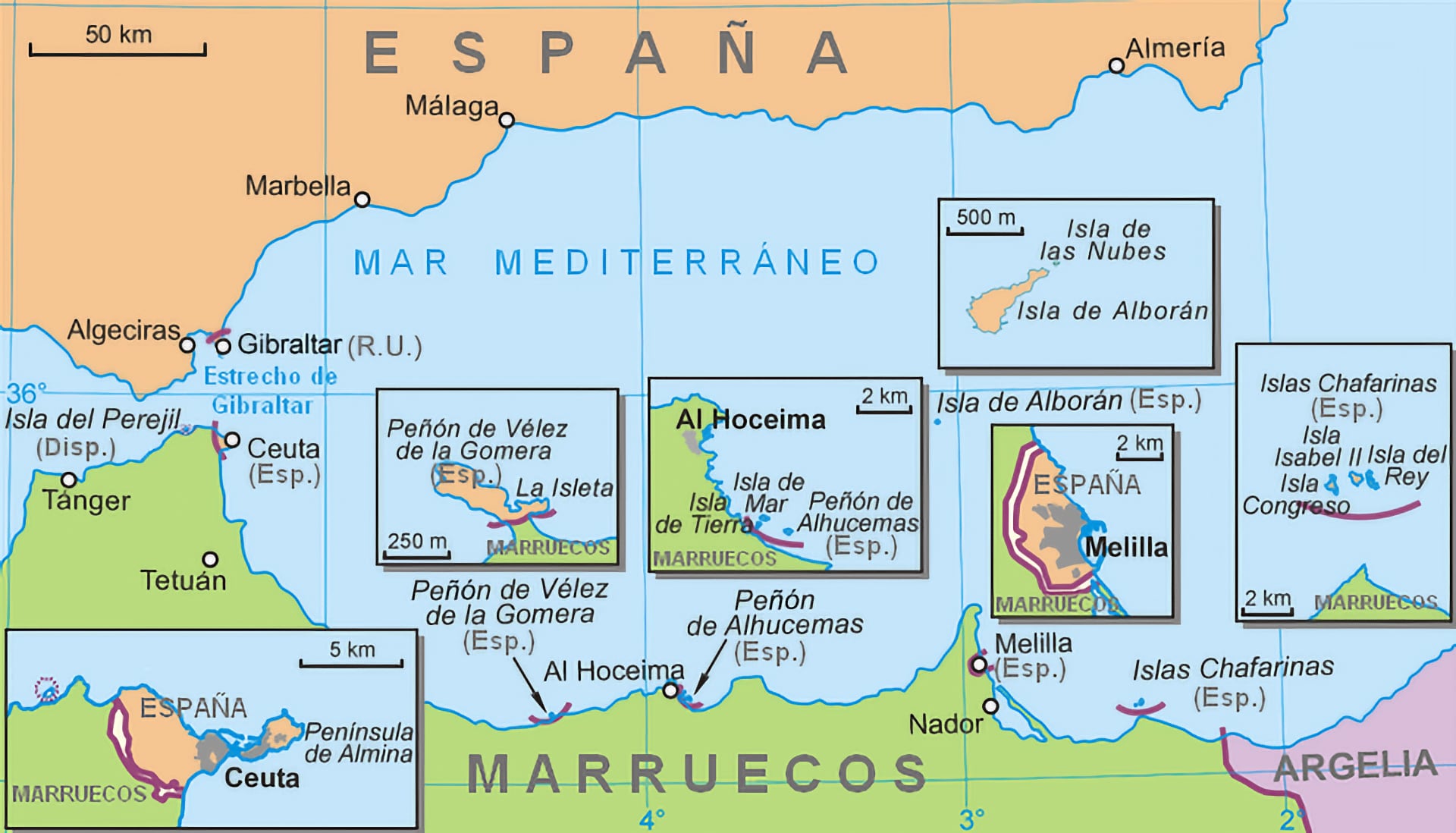
Visitors can explore the architectural highlights, such as the Royal Walls of Ceuta and the Melilla la Vieja fortress, as well as the natural beauty of the surrounding nature reserves and parks. These territories also play a crucial role in Spain's relationship with Africa, serving as a crossroads of cultures and a gateway for trade and migration.
The Plazas de soberanía (Sovereign Territories)
The Plazas de soberanía are a group of small territories located along the northern coast of Africa. They include the Alhucemas Islands, the Chafarinas Islands, and the tiny islet of Peñón de Vélez de la Gomera. Although not major tourist destinations, these territories hold historical significance as remnants of Spain's colonial past and continue to play a role in the country's territorial claims.
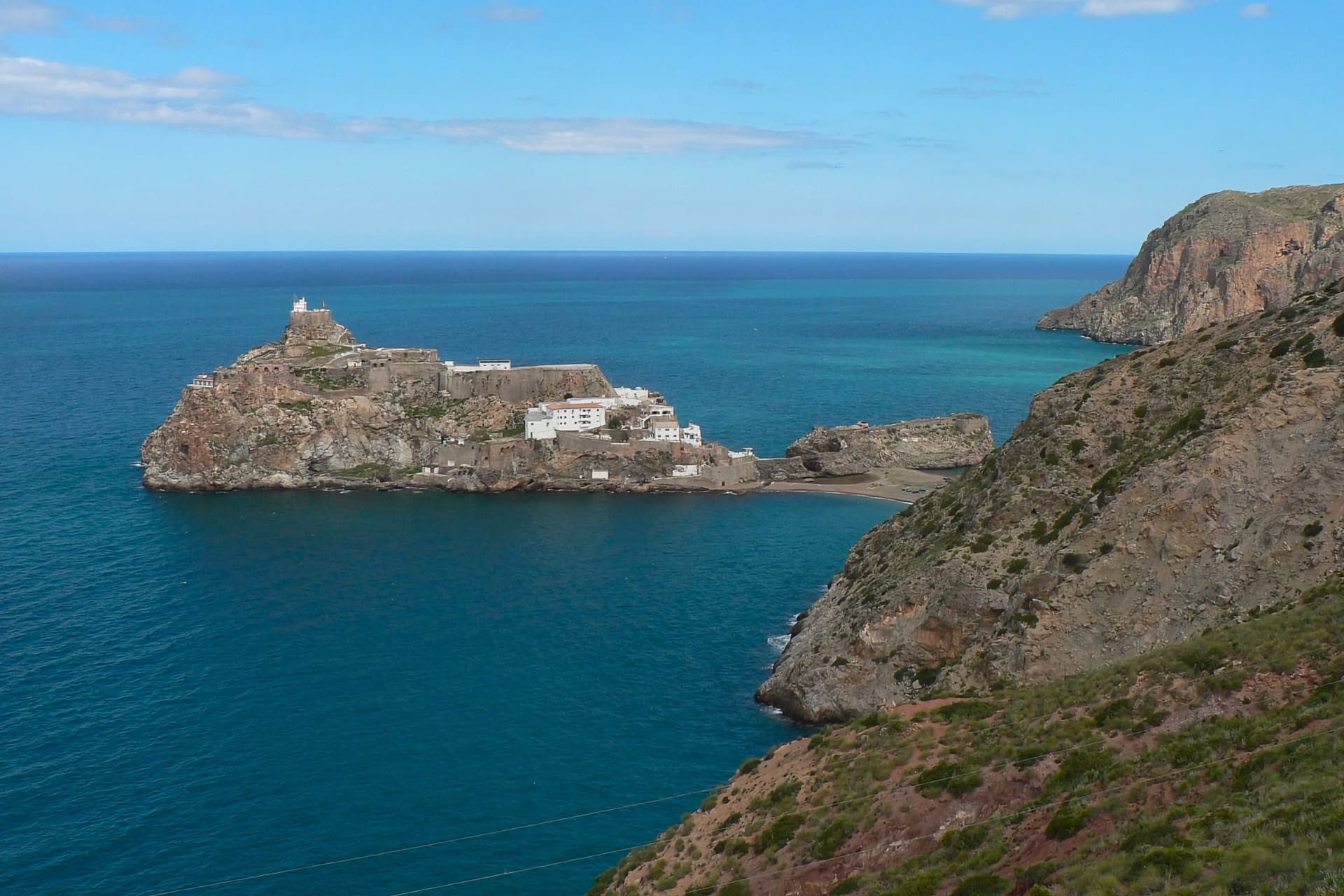
Conclusion
Spain's overseas territories showcase a rich diversity of landscapes, cultures, and historical backgrounds, offering unique experiences for travelers seeking adventure beyond the mainland. The Canary Islands, the Balearic Islands, Ceuta, Melilla, and the Plazas de soberanía all contribute to the vibrant tapestry that makes up Spain's heritage. It is essential to preserve these territories' unique ecosystems and cultural legacies, as they provide invaluable insights into Spain's history and the wider world. So pack your bags, and embark on a journey to explore these hidden gems of Spain.



